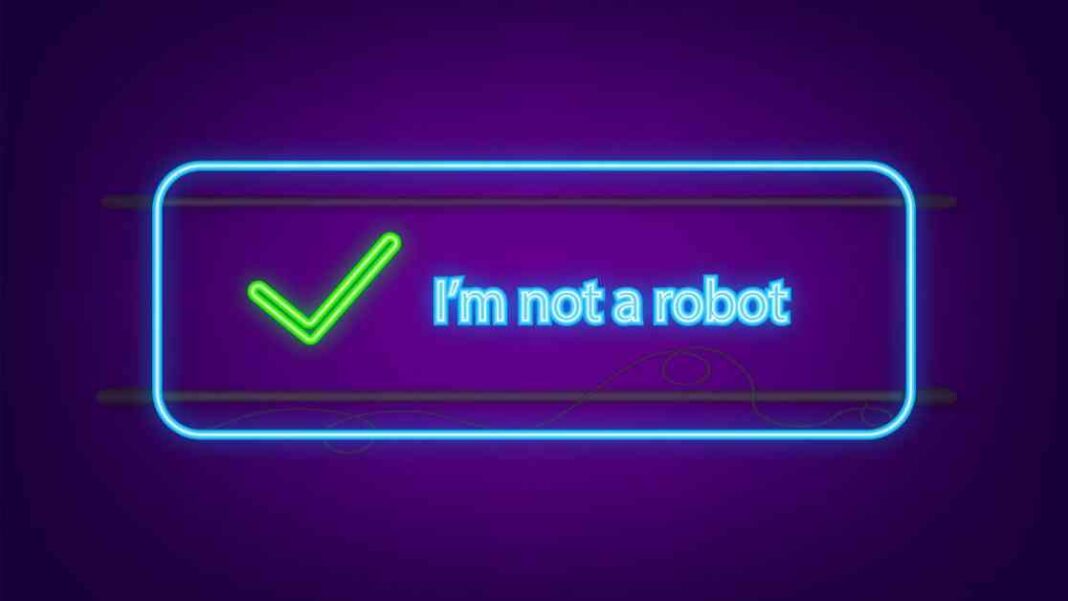Artificial intelligence (AI) has reached a new milestone by successfully solving reCAPTCHAv2 tests with high accuracy. Researchers from ETH Zurich in Switzerland have developed an AI model named YOLO (You Only Look Once) that can pass these image identification quizzes designed by Google. The model was trained on images of road vehicles, traffic lights, and other related objects commonly found in reCAPTCHA challenges, allowing it to achieve a perfect score of 100% accuracy in solving the tests.
Previous attempts to solve CAPTCHAs using AI only resulted in a success rate of 68 to 71%, making the achievement of YOLO even more impressive. This new development raises concerns about the security of websites that rely on CAPTCHA and reCAPTCHA to prevent spam and malicious activities. As AI technology advances, these tests may become easier to crack, leading to potential accessibility issues for visually impaired users.
While CAPTCHA typically involves identifying distorted text, reCAPTCHA tests often require users to categorize images, making them more challenging for bots to solve. In addition to image-based tests, other forms of reCAPTCHA include single checkbox questions and invisible behavioral trackers that analyze user activity to determine if they are human or not.
Despite the advancements in AI technology, there are alternative methods to distinguish between human and bot activity. Google uses device fingerprinting to track unique identifiers associated with devices, in addition to tools like CAPTCHA. Apple has also introduced Private Access Tokens as a CAPTCHA alternative in iOS 16. However, Google Cloud has launched reCAPTCHA v3 in 2018, focusing on providing invisible protection mechanisms across millions of websites globally.
Overall, the development of AI technology in solving reCAPTCHA tests highlights the need for continuous improvement in online security measures. As AI models become more sophisticated, website developers and security experts must adapt to ensure user data remains protected from automated threats. The future of online security will likely involve a combination of advanced AI algorithms and innovative solutions to combat evolving cyber threats.











